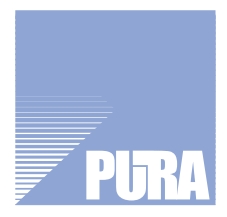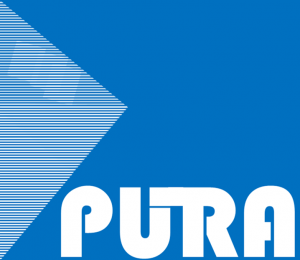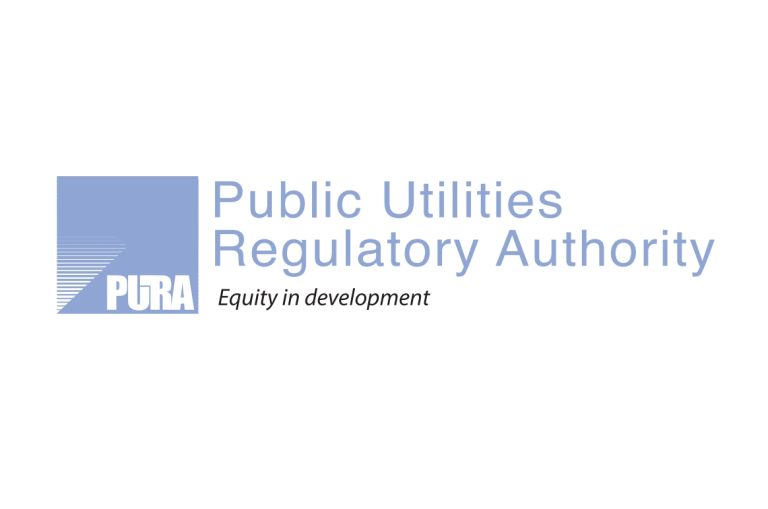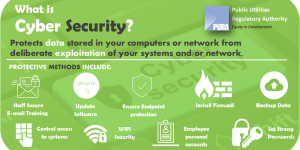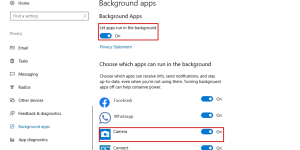Overview
Radio Frequency Spectrum is a finite resource of great economic value and it is use for electronic wireless communications networks. Therefore, it is highly desirable that the spectrum resource is utilized in an efficient and effective manner. PURA is charged with the responsibility to provide access to the radiofrequency by issuing licenses and authorisations for its use.
The use of the radio spectrum needs to be strategically planned to create an environment, which allows for the long-term planning and harmonization with international trends concerning radio services. In this regard The Gambia follows closely the work of the International Telecommunication Union (ITU), Region 1 activities on spectrum and Regional Organizations. The activities of other United Nations specialized agencies are also relevant, such as the International Civil Aviation Organization (ICAO) and the International Maritime Organization (IMO).
In the past, mobile network operators made the greatest demand on the spectrum resource. However, with the new focus on broadband and the delivery of data at high speeds, there is a growing demand for spectrum from internet service providers to facilitate these services.
Typical minor licenses include Land Mobile licenses to operate two-way (walkie-talkie) radios, Aircraft Radio licenses to operate radio equipment aboard an aircraft (civil) for safety and landing purposes, maritime telecommunications services for safety at sea, TV and Sound broadcasting licenses to operate a TV or Sound broadcasting station.
The radio spectrum is by international agreement subdivided into nine frequency bands, which are designated accordingly as shown here below. As the unit of frequency is hertz (Hz), frequencies shall be expressed as such:
Radio Spectrum Table
| VLF (Very Low Frequency) | 3 to 30 KHz | UHF (Ultra High Frequency) | 300 to 3000 MHz | |
| LF (Low Frequency) | 30 to 300 KHz | SHF (Super High Frequency) | 3 to 30 GHz | |
| MF (Medium Frequency) | 300 to 3000 KHz | EHF (Extra High Frequency) | 30 to 300 GHz | |
| HF (High Frequency) | 3 to 30 MHz | (No Symbol designated) | 300 to 3000 GHz | |
| VHF (Very High Frequency) | 30 to 300 MHz |
Spectrum Monitoring
Spectrum monitoring serves as the eyes and ears of the spectrum management process by the Regulator and hence should be on a continuous basis, if the purposes and goals of monitoring are to be fulfilled. These regular monitoring campaigns are conducted to optimise the utilisation of spectrum resources. It also helps with the overview of the channelisation of wireless networks for public telecommunications, broadcasting (TV/radios), land mobile radios, aviation, maritime, satellite communications and data networks.
Spectrum monitoring can effectively help enforce compliance with both local and international radiocommunication regulations, as breaches/illegal users can be detected in time for appropriate action. This is to ensure that when users such as the security, broadcasting radio/TV stations, air traffic control, voice/data networks, amateur radios, etc., are all on the air at the same time, they do not cause harmful interference to each other. Main interference can arise from illegal unlicensed spectrum users, adjacent co-channel signals, substandard equipment, using higher power level than required, etc.
Spectrum monitoring can show; The actual use of the spectrum
- Protect licensed users
- Protect free bands from illegal users
- Ensuring efficient use of the spectrum
- Ensure Compliance with national and international rules
The purpose of Spectrum Monitoring;
- Assist in resolution of interference to other radio services
- Assist in ensuring acceptable reception of public broadcasting
- Assist in the spectrum management process
- Provide monitoring data for spectrum planning purposes
- Provide monitoring data to support regulatory compliance efforts
- Provide monitoring data to ensure ITU-R regulations compliance and support in resolving international issues
National Frequency Allocation Table
The Gambia National Table of Frequency Allocations (GNFTA) divides The Gambia’s radiofrequency spectrum into several frequency bands/ranges and specifies the general purposes for which the bands/ranges may be used. This process is referred to as the allocation of frequency bands to radiocommunication services. It also shows the internationally agreed spectrum allocations of the International Telecommunication Union (ITU).
